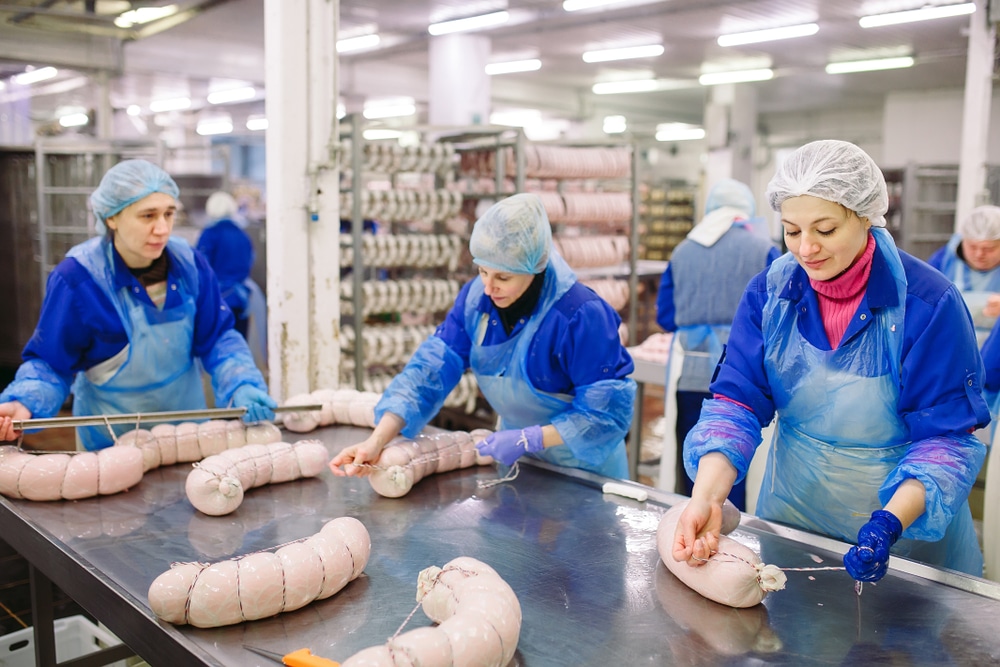When it comes to maintaining the highest standards of cleanliness in food preparation and service, every detail matters – right down to the clothing we wear. That’s where مآزر تستخدم لمرة واحدة come into play, a not-so-talked-about hero in the world of food hygiene.
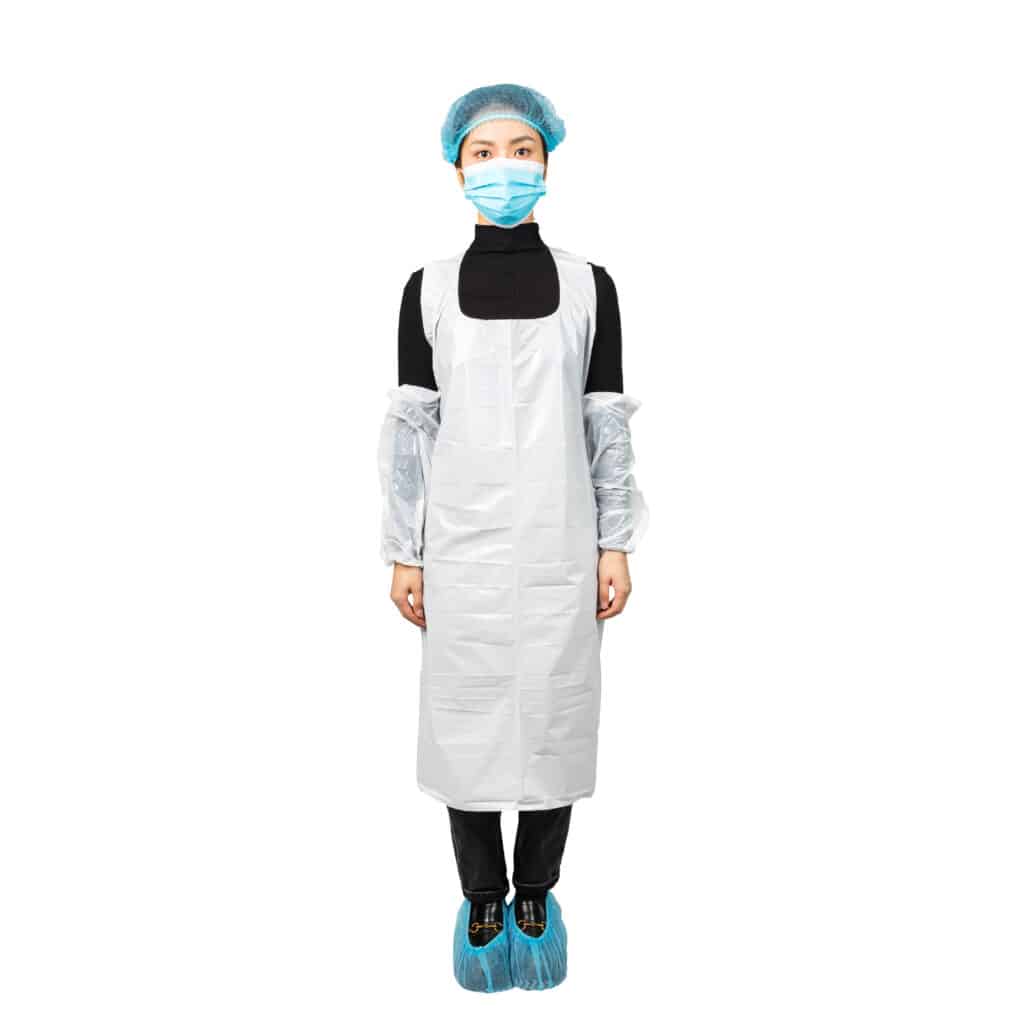
Why are Disposable Aprons a Food Safety Staple?
The Role of Disposable Aprons
Picture a bustling kitchen, hands moving deftly to chop, mix, and plate. Amidst this dance of culinary creation, disposable aprons serve as a crucial barrier, protecting both the wearer and the food from cross-contamination. They’re the unsung guardians of food purity, keeping unwanted elements like dirt, hair, and various particulates away from the meal’s path from pan to plate.
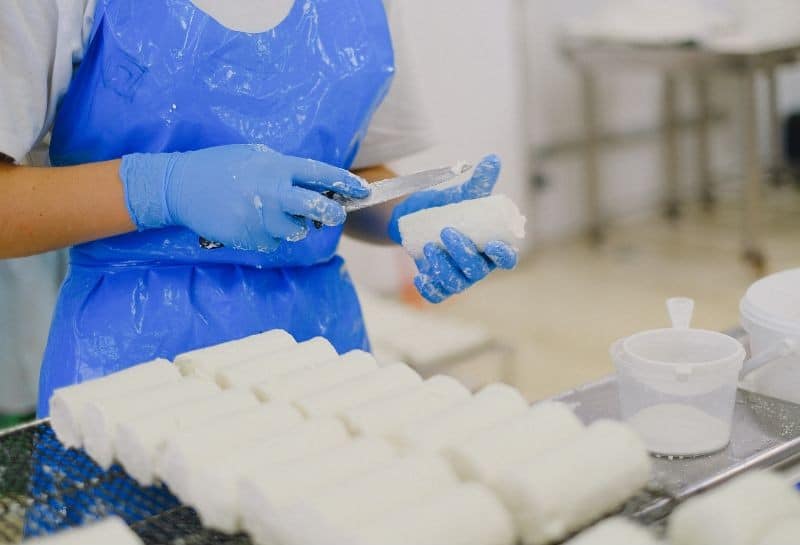
Materials and Types
Made typically from polyethylene or polypropylene, these aprons come in various thicknesses and levels of protection, catering to different roles within the food industry. From lightweight versions for quick-service settings to heavy-duty types for meat processing, there’s an apron for every scenario.
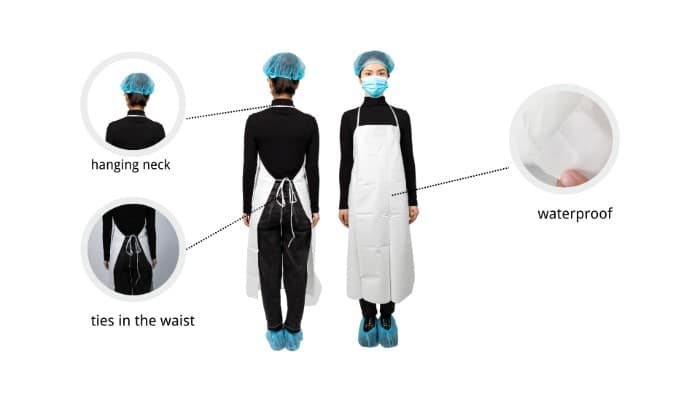
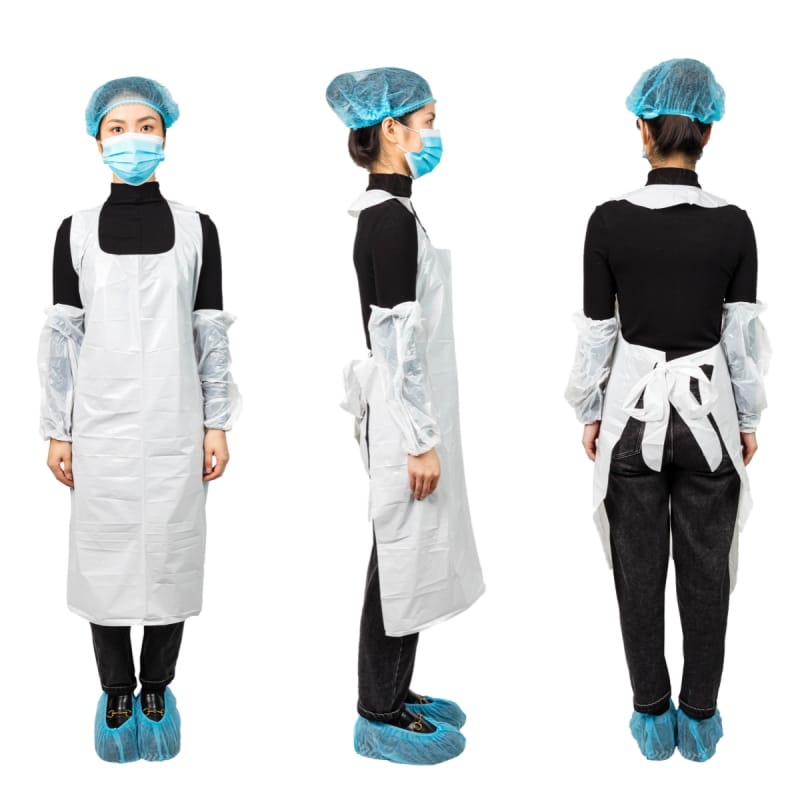
Barrier Against Contaminants
They act like a superhero’s shield, deflecting enemy attacks. In this case, the enemies are bacteria, splashes, and potential allergens that threaten to breach the cleanliness of the food preparation area.
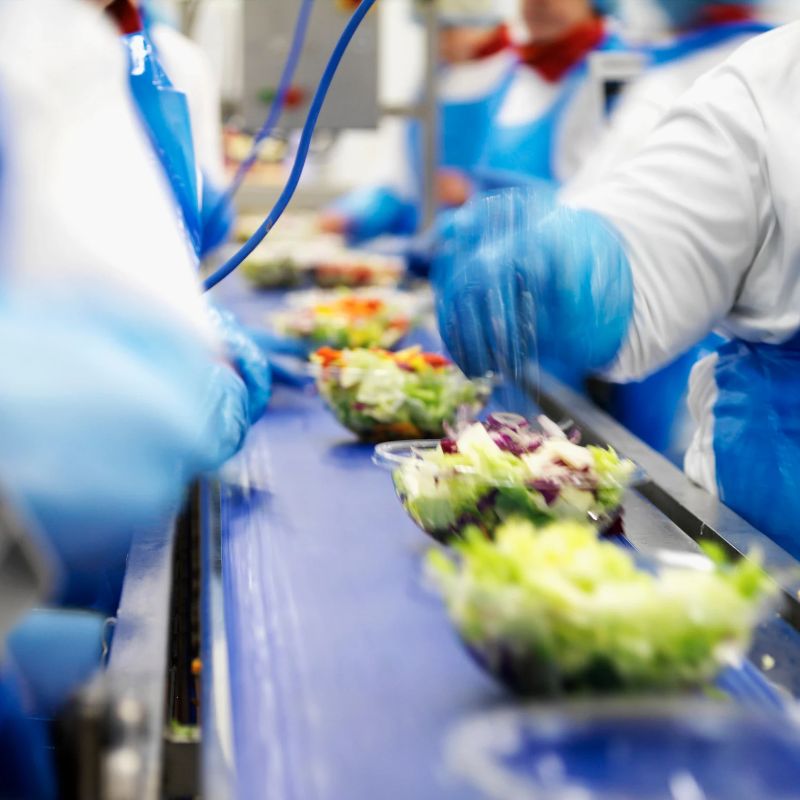
Compliance with Regulations
Not only do they offer protection, but wearing them is often a compliance requirement, following food safety regulations laid out by bodies like the FDA or the EU’s Food Safety Authority. This isn’t just bureaucratic box-ticking; it’s a critical part of maintaining public health.
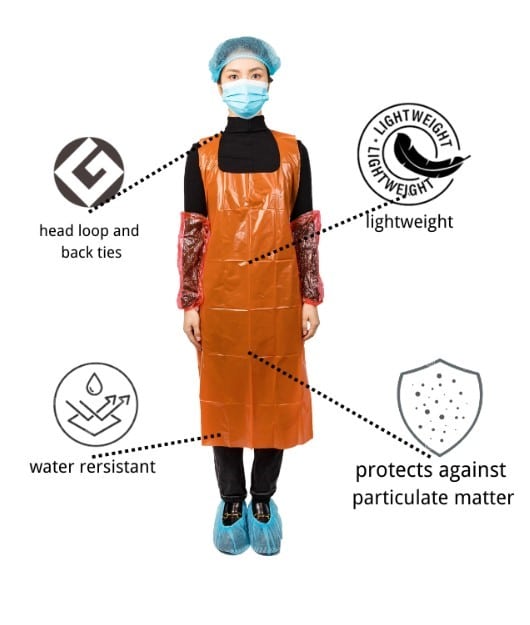
Ensuring Correct Use of Disposable Aprons
Proper Usage of Disposable Aprons
An apron’s effectiveness is only as good as the way it’s used. It’s important to wear it correctly, ensuring full coverage and changing it out between tasks to prevent cross-contamination.
Donning and Doffing
There’s an art to putting on and taking off these aprons – it should be done with care to avoid contaminating oneself or the environment.

Disposal and Environmental Considerations
While disposable aprons are convenient, their disposability raises environmental concerns. Selecting biodegradable options or following proper disposal protocols can mitigate the impact.
Elevating Food Hygiene Practices
Best Practices in Food Hygiene
Beyond aprons, there are a plethora of best practices that uphold food safety, like regular surface sanitization and temperature controls.
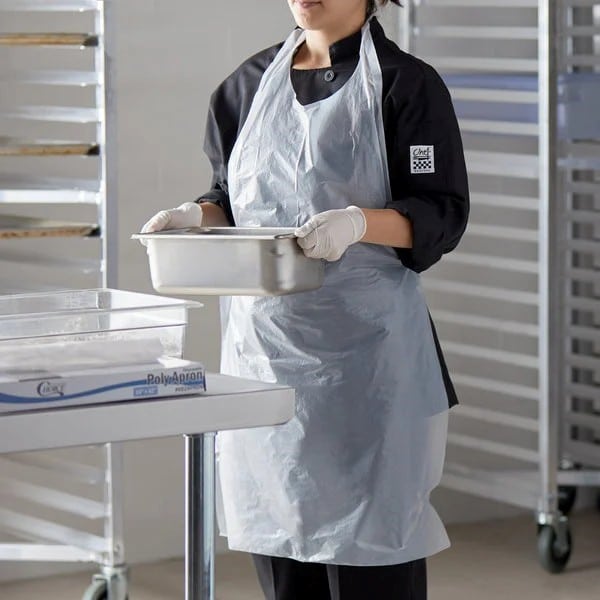
Training and Awareness
Ongoing training ensures that staff remains aware of the latest food hygiene protocols, including the correct usage of disposable aprons.
Personal Hygiene and Hand Washing
Personal hygiene is paramount. Aprons can only do so much if hands aren’t washed and personal cleanliness is neglected.
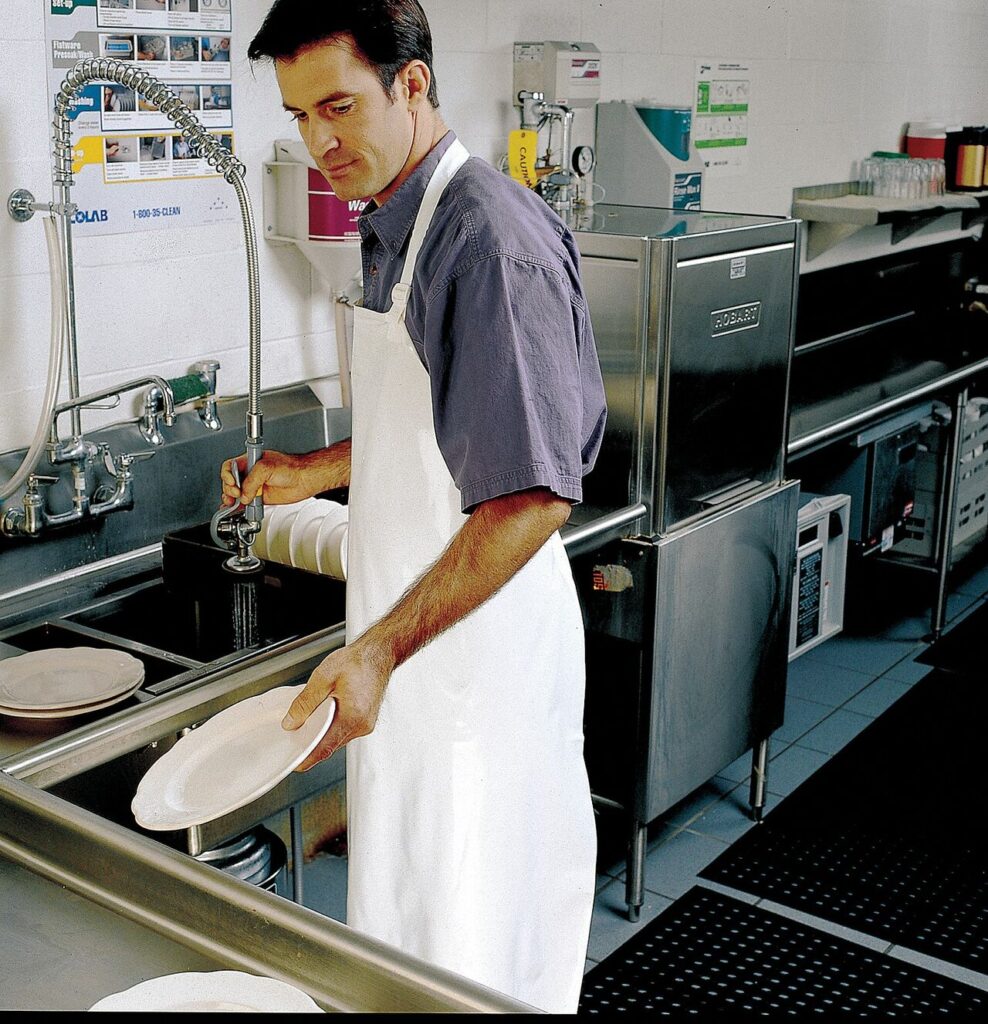
Conclusion: The Bigger Picture of Hygiene
Disposable aprons, while a small part of the food hygiene puzzle, play a pivotal role. Their correct usage complements a broader strategy that safeguards consumers’ health, reflecting an establishment’s commitment to excellence.
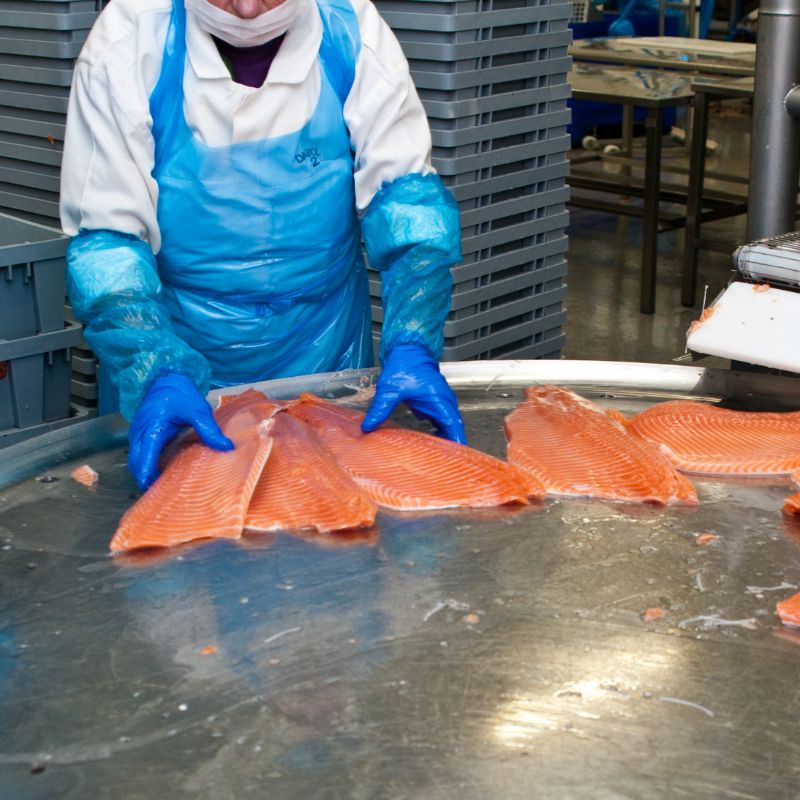
FAQs About Disposable Aprons and Food Hygiene
1. How often should disposable aprons be changed?
Typically, after each significant task or if it becomes soiled, to prevent cross-contamination.
2. Can disposable aprons be recycled?
It depends on the material they are made of. Check local recycling guidelines for plastics.
3. Are there alternatives to disposable aprons?
Yes, reusable aprons exist but require stringent cleaning protocols to maintain hygiene standards.
4. Should aprons be worn during all stages of food preparation?
Generally, yes, especially when handling raw ingredients that could harbor pathogens.
5. How do disposable aprons contribute to food safety?
They act as a physical barrier, protecting the food from contaminants that might be present on a person’s clothing or body.

